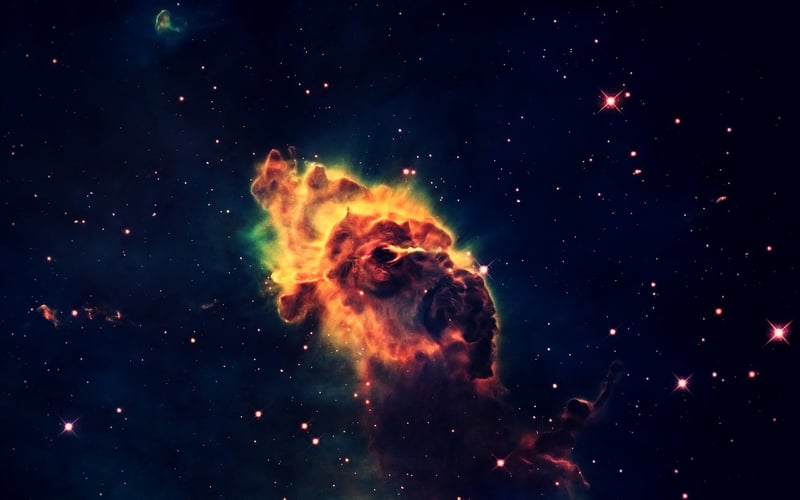Star Clusters
Marvel at Celestial Phenomena: Star Clusters
When we gaze up at the night sky, we are often captivated by the twinkling stars that dot the darkness. However, beyond individual stars, there exist awe-inspiring formations known as star clusters. These clusters are gatherings of stars bound together by gravity, creating stunning celestial displays that have fascinated astronomers and stargazers for centuries.
Types of Star Clusters
There are two primary types of star clusters: open clusters and globular clusters.
1. Open Clusters
Open clusters, also called galactic clusters, are groups of relatively young stars that formed from the same giant molecular cloud. These clusters typically contain hundreds to thousands of stars and are loosely bound together. Famous examples of open clusters include the Pleiades and the Beehive Cluster.
2. Globular Clusters
Globular clusters are much older and larger clusters compared to open clusters. These spherical collections can contain hundreds of thousands to millions of stars tightly packed together. Globular clusters orbit around the galactic core and are some of the oldest objects in the universe. The Hercules Cluster and Omega Centauri are well-known globular clusters.
Stargazing Tips
- Use a telescope or binoculars to observe star clusters for a clearer view.
- Find a dark, light pollution-free location for optimal stargazing.
- Check online resources or astronomy apps for the best times to view specific star clusters.
Discover the Beauty of Star Clusters
Exploring star clusters can deepen our appreciation for the vastness and complexity of the universe. Whether you are a seasoned astronomer or a casual observer, the sight of these stellar gatherings is sure to inspire wonder and curiosity about the cosmos.

Next time you look up at the night sky, take a moment to search for these celestial marvels and let their beauty spark your imagination.
